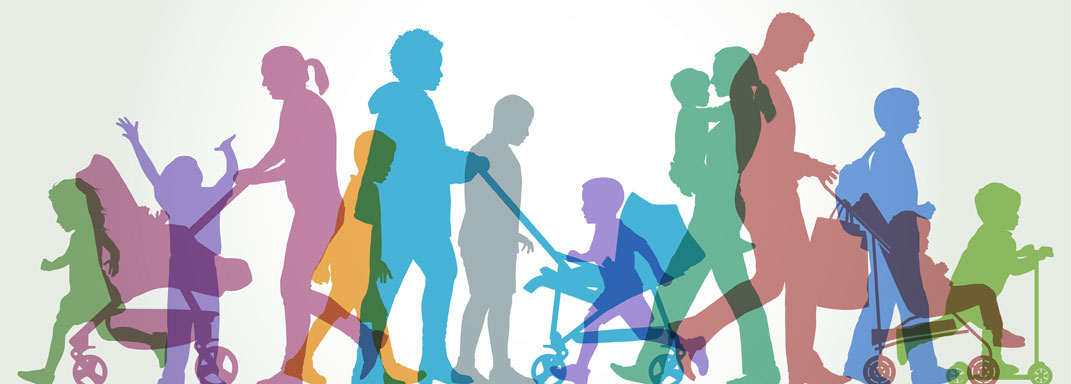Pittsburgh-Allegheny County is one of eight sites participating in the Community Choice Demonstration (CCD) – a large-scale, multi-site randomized controlled trial to test the efficacy of offering housing mobility-related services to families with children in the Housing Choice Voucher (HCV) program. The CCD builds on prior research showing that growing up in lower-poverty neighborhoods increases children’s academic achievement, long-term earnings as adults, and selected improved health outcomes for children and adults.
What is this report about?
This Rapid Cycle Evaluation is the first report assessing the early implementation of the Demonstration and capturing the initial impact and costs of comprehensive mobility-related services (CMRS). The report provides preliminary findings on the locational outcomes for 596 HCV families with children who enrolled in the first 8 months of the 6-year Demonstration through March 2023. This is the first of a series of reports expected over the next eight years detailing progress of the Demonstration, which began in August of 2022 and ends in October 2028.
What are the takeaways?
An analysis of 12 months of data indicates that the Demonstration is having a statistically significant, positive impact on moves to low-poverty, high opportunity areas. Almost 24% of HCV families with children who received CMRS moved to an opportunity area, compared to 4% percent of HCV families in the control group. The offer of CMRS resulted in a nearly 20 percentage point increase in the share of families moving to an opportunity area within 12 months of study enrollment.








